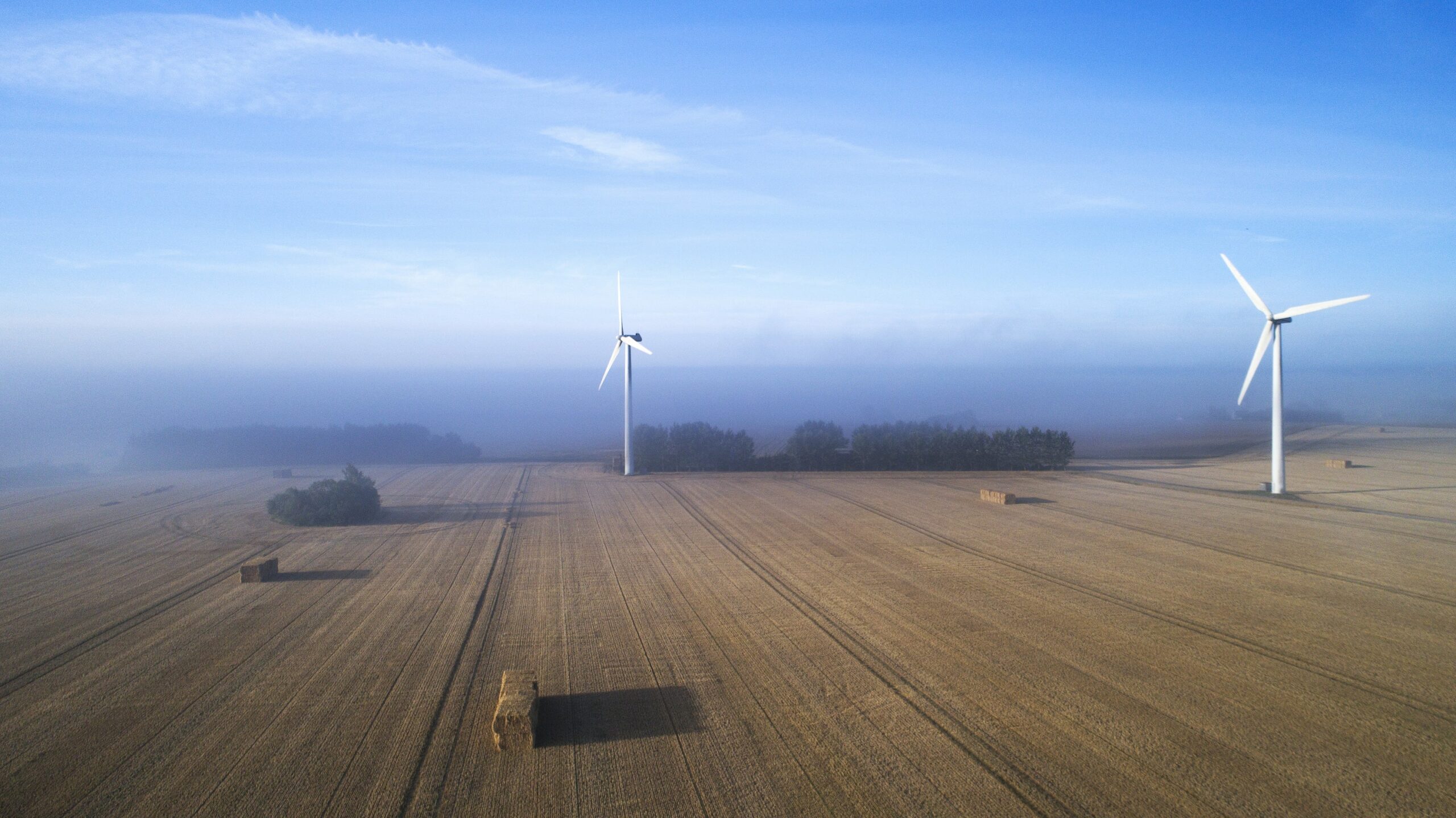News
Biomass
Smart grid
Wind turbine manufacturing and components
Lowest Energy Consumption in more than 40 years


In 2015, Denmark's actual energy consumption was 712 PJ, 1.0% lower than the previous year. This is the lowest level registered by the Danish Energy Agency since the first data was collected in 1972. The progress is a result of a high net import of electricity, the highest since 1991, as well as a record amount of wind energy production, which resulted in a lower actual energy consumption, because the energy loss in distribution was minimised compared to producing from coal.
The large net import of electricity coupled with the increased production of wind energy meant that a smaller share of electricity consumption was covered by Danish power plants in 2015. As a consequence, consumption of coal declined 31% compared to 2014, and the 2015-level was on par with consumption in the mid-70ies. Conversely, consumption of oil, natural gas and renewables increased by 3.5%, 1.4% and 2.1%, respectively.
Updated calculation method to correct for foreign trade with electricity
The Danish Energy Agency calculates the actual energy consumption and a gross energy consumption, which is adjusted for climatic variations and fuel consumption linked to foreign electricity trade. The adjusted gross energy consumption illustrates the long term trend in the form of a development with an average amount of degree days, and a situation where Danish electricity production corresponds to electricity consumption. As a consequence of the developments in the energy system, the Danish Energy Agency has decided to update the method used to adjust the fuel consumption linked to foreign electricity trade.
The adjusted gross energy consumption fell by 1.1% in 2015 compared to 2014 when using the new updated correction method. Using the previous calculation method, gross energy consumption declined by 0.4%.
Decline in CO2 emissions and emissions of greenhouse gasses
The increased net import of electricity and large decline in coal consumption has resulted in a 6.6% decline in CO2 in 2015 compared to 2014. When adjusted for fuel consumption linked to foreign electricity trade and climatic variations, CO2 emissions declined by 4.5% last year. The previous adjustment method for electricity trading would have generated an emissions decline of 1.7%.
Denmark’s total actual emissions of greenhouse gasses is estimated to have declined 4.8% in 2015, while emissions adjusted for climatic variations and fuel consumption linked to foreign electricity trade is estimated to have declined by 3.4% (1.3% according the previous calculation method). The official statements for greenhouse gas emission is published by DCE.
Continued increase in deployment of renewables
The share of renewable energy in energy consumption continues to increase. The share of renewable energy in the adjusted gross energy consumption increased from 26.0% in 2014 to 27.2% in 2015.
The EU calculates the share of renewable energy in final energy consumption. This is not possible at present, but calculations will be included in the final energy statistics, which are published by the Danish Energy Agency during autumn. Using the EU calculation method, the share of renewables has in recent years been around 1-2 percentage points higher than the national calculations based on the adjusted gross energy consumption using the previous calculation method.
Degree of self-sufficiency continues to decline
The degree of self-sufficiency in energy fell from 90% in 2014 to 89% in 2015. This means that Denmark total production of energy in terms of oil, natural gas and renewables corresponded to 89% of Denmark’s gross energy consumption in 2015.
The degree of self-sufficiency measures the ratio between production of primary energy and consumption of oil, natural gas, coal, renewables and waste in Denmark. When focusing only on the ratio between consumption and production of oil and gas, Denmark continues to be a net exporter with a degree of self-sufficiency of 120% in 2015.
The total Danish production of primary energy declined by 2.4% in 2015 to 664 PJ. Last year, production of crude oil and natural gas fell by 5.4% and 0.6% respectively, while production of renewable energy increased by 2.8% in 2015 compared to 2014.
-SEE THE TOTAL LIST OF THE TOP 24 GREEN NEWS FROM 2016
Source: The Danish Energy Agency
You should consider reading
publications
Resource efficient production
+15















